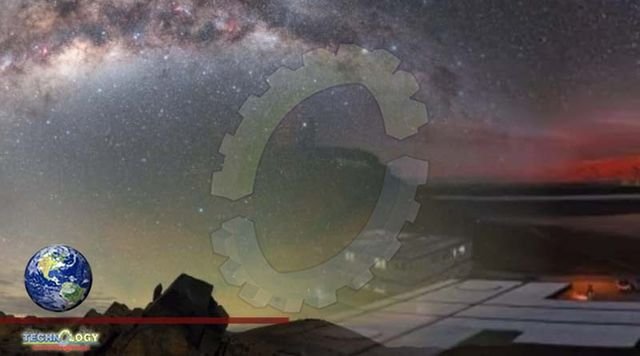NASA’s Jet Propulsion Laboratory is developing an intriguing concept that would allow potential planetary missions to chase interesting clues in subsurface oceans Swarm of Tiny Swimming Robots Could Look for Alien Life on Distant Worlds.

Someday, a swarm of tiny robots the size of cellphones could whisk through the water beneath the miles-thick icy shell of Jupiter’s moon Europa or Saturn’s moon Enceladus, looking for evidence of alien life. Packed inside a narrow ice-melting probe that would tunnel through the frozen crust, the tiny robots would be released underwater, Tiny Swimming Robots far from their mothercraft to explore a fascinating new world. That’s the vision of a robotics mechanical engineer at NASA’s Jet Propulsion Laboratory in Southern California named Ethan Schaler, whose Sensing With Independent Micro-Swimmers (SWIM) concept was recently awarded $600,000 in Phase II funding from the NASA Innovative Advanced Concepts (NIAC) program.
The funding, which follows his 2021 award of $125,000 in Phase I NIAC funding to study feasibility and design options, will allow him and his team to produce and test 3D-printed prototypes over the next two years. A key innovation is that Schaler’s mini-swimmers and Tiny Swimming Robots would be much smaller than other concepts for planetary ocean exploration robots, allowing many to be loaded compactly into an ice probe. They would add to the probe’s scientific reach and could increase the likelihood of detecting signs of life while assessing potential habitability on a distant ocean-bearing celestial body. Not yet part of any NASA mission, the early-stage SWIM concept envisions wedge-shaped robots,
each about 5 inches (12 centimeters) long and about 3 to 5 cubic inches (60 to 75 cubic centimeters) in volume. About four dozen of them could fit in a 4-inch-long (10-centimeter-long) section of a cryobot 10 inches (25 centimeters) in diameter, taking up just about 15% of the science payload volume. That would leave plenty of room for more powerful but less mobile science instruments that could gather data during the long journey through the ice and provide stationary measurements in the ocean. The Europa Clipper mission, planned for a 2024 launch, will begin gathering detailed science during multiple flybys with a large suite of instruments when it arrives at the Jovian moon in 2030. Looking further into the future, cryobot concepts to investigate such ocean worlds are being developed through NASA’s Scientific Exploration Subsurface Access Mechanism for Europa (SESAME) program, as well as through other NASA technology development programs.
Source: This news is originally published by scitechdaily